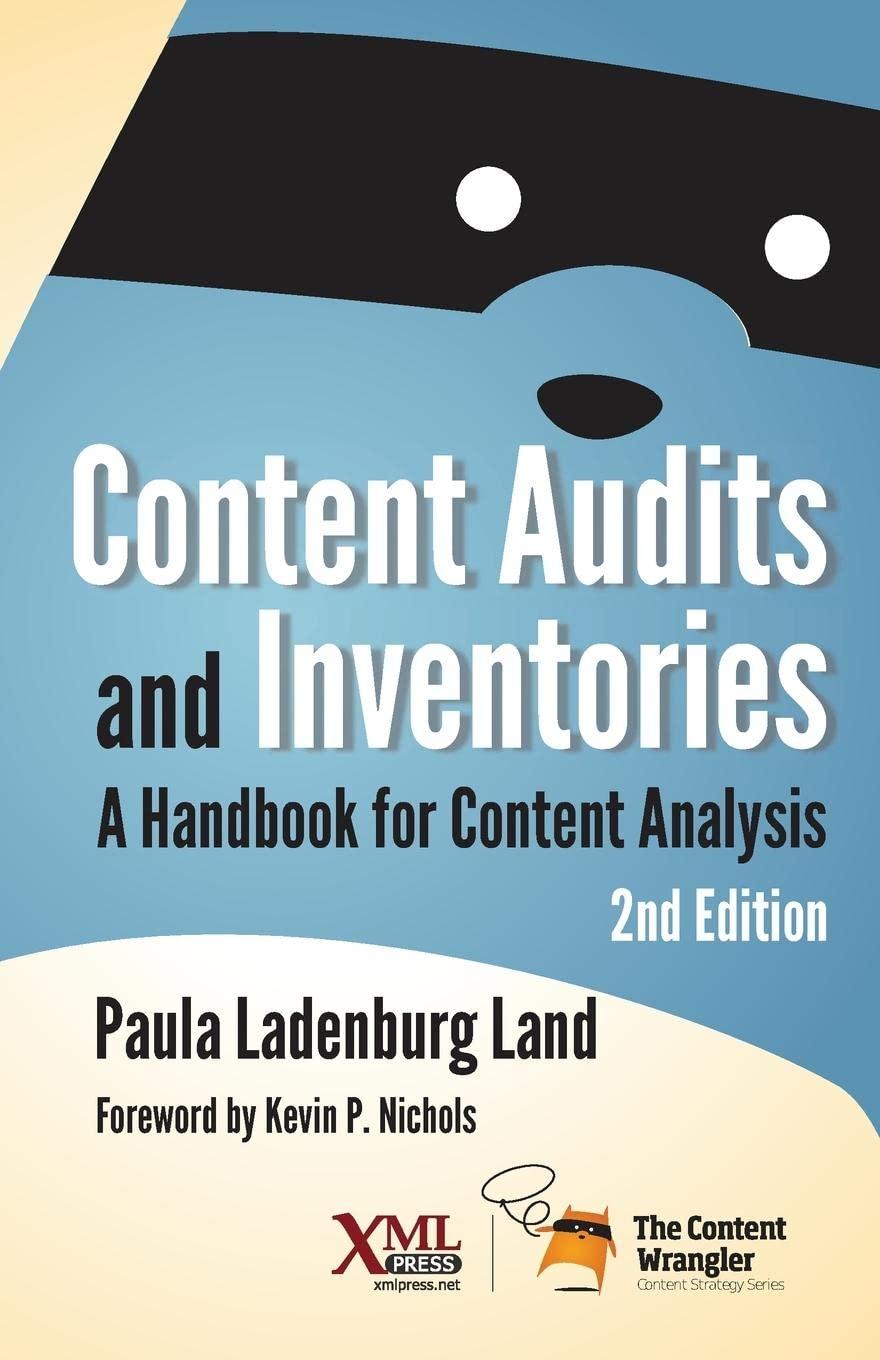Question
Question 3 (25 marks). Consider the production function: F(L, K) = L 0.6K0.7 . The wage rate (price per unit of labour) is w =
Question 3 (25 marks). Consider the production function: F(L, K) = L 0.6K0.7 . The wage rate (price per unit of labour) is w = 3 and the capital rental rate (price per unit of capital) is r = 5.
(a) Does this production function exhibit increasing, decreasing or constant returns to scale? Explain. What is the marginal productivity of labour and the marginal productivity of capital for (L, K) = (1, 1)? Would a firm (which minimises costs) use this combination of labour and capital? Explain. What is the quantity of production associated to this combination of labour and capital? (5 marks)
(b) Compute the quantity of labour and capital that this firm would use to produce y = 1 at the minimum cost. How much would this cost be? What is the average cost and the marginal cost for that production level? Provide your results with two decimal positions. Hint: for this part, you can use directly (without providing the derivation) any results derived in the lecture or tutorials. (5 marks)
(c) Derive the equation of the isoquant for y = 3, with K in the vertical axis and L in the horizontal axis. Use the first derivative to determine whether this curve is decreasing or increasing. Use the second derivative to determine whether this curve is concave or convex. Provide a graphical representation of the isoquant indicating at least one combination of labour and capital in this curve. (5 marks)
Step by Step Solution
There are 3 Steps involved in it
Step: 1

Get Instant Access to Expert-Tailored Solutions
See step-by-step solutions with expert insights and AI powered tools for academic success
Step: 2

Step: 3

Ace Your Homework with AI
Get the answers you need in no time with our AI-driven, step-by-step assistance
Get Started


